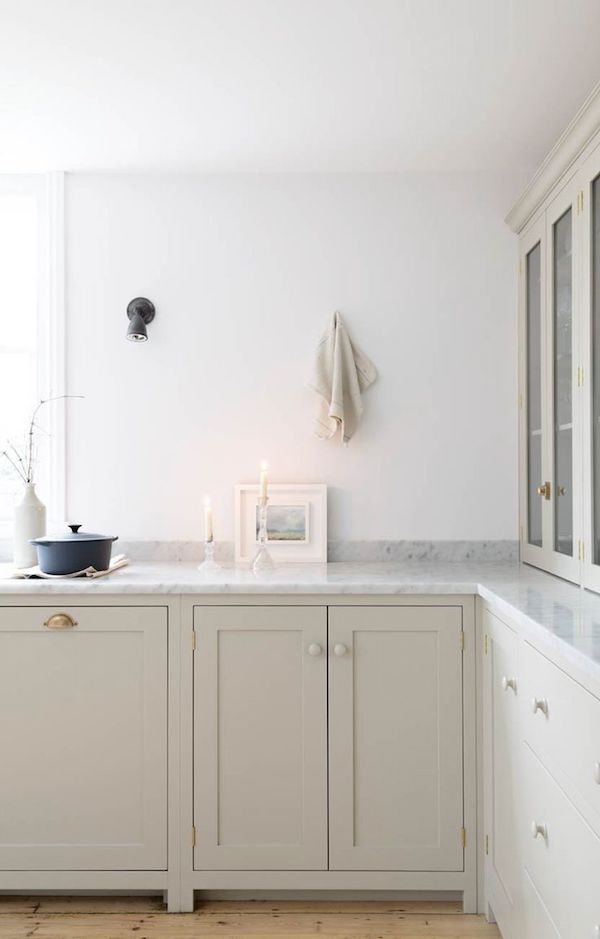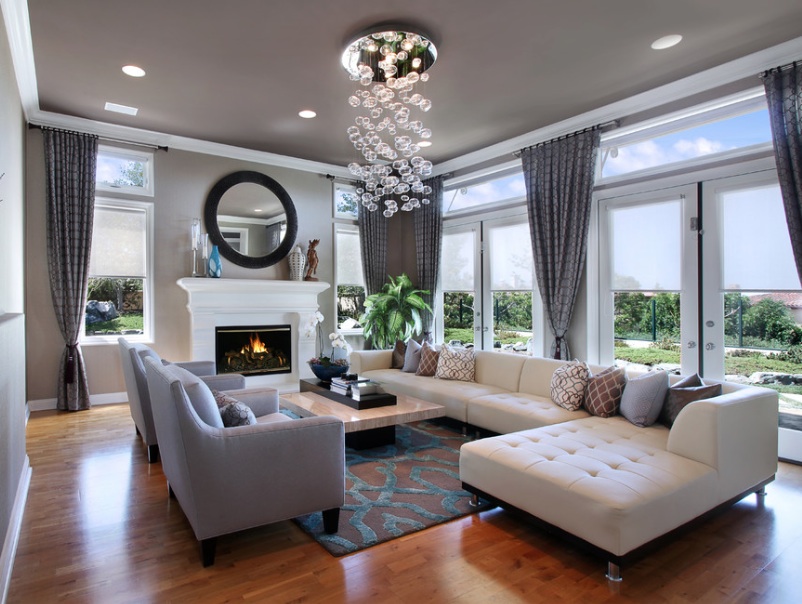
You will improve your home’s function and safety when you replace certain indoor and outdoor items regularly. Simply add these 12 home improvement tasks to your calendar, and you’ll stay on top of necessary and beneficial home updates.
1. Smoke and Carbon Monoxide Detectors
Smoke detectors last up to 10 years. Carbon monoxide detectors last up to seven years. The National Fire Protection Association (NFPA) reports that working smoke detectors increase your house fire survival chances by 50 percent, so in addition to replacing these devices regularly, remember to replace the batteries in both detectors at least annually.
2. Fire Extinguisher
Rechargeable fire extinguishers last up to six years. Disposable fire extinguishers have a 12-year shelf life. To ensure your fire extinguishers are ready to keep you safe, check the pressure gauges monthly and verify that they’re still charged or full. Recharge or replace the extinguishers if needed.
3. Water Filters
The water filters in your refrigerator should be replaced once every six months, in your portable water pitcher every two months or 40 gallons, and in your whole house system every three to six months. This schedule reduces your exposure to harmful bacteria, chemicals and heavy metals as you stay hydrated.
4. Refrigerator
Plan to replace your refrigerator every 15 years. You may opt for an earlier replacement to take advantage of energy-efficient models, particularly since a 10-year-old refrigerator uses twice the energy of a newer Energy Star rated model.
5. Dishwasher
A dishwasher may last eight to 10 years if you regularly clean the tub, door, accessories, and other parts. Consider replacing your dishwasher around year eight if you want to save money on your water and energy bills.
6. Washing Machine
If you clean and maintain your washing machine regularly, it should last eight to 12 years. Your maintenance tasks may include replacing the door gasket or tightening water connections under the machine if you see leaks. You may also need to balance the machine or replace the motor mount if the machine makes excessive noise.
7. Water Heater
After eight to 12 years, you will want to replace your water heater. Drain this appliance twice a year to reduce sediment buildup and improve efficiency. Additionally, you can lower the thermostat to reduce overheating and prolong the life of your water heater.
8. Shower Head Filters
Change your shower head filters every six to 12 months. Mineral deposits affect the shower head’s efficiency, and bacteria buildup affects your health and the shower head filter function.
9. Carpet
Carpet can last up to 10 years under ideal conditions. If your carpet suffers damage from pets or kids, replace it sooner since pet stains can cause asthma, allergies or skin and eye irritations.
10. Air Conditioner
Install a new air conditioner unit every eight to 10 years. Regular maintenance may prolong the life of your air conditioner, but humidity issues, temperature fluctuations, or excessive noise signal that it’s time to replace the unit.
11. Gutters
Aluminum gutters will last 30 years if you clean and maintain them regularly, but you’ll have to replace vinyl gutters more frequently since they can be damaged easily. Check your gutters and downspouts after heavy storms or at least twice a year to verify that they remain properly connected to the house and don’t leak or overflow.
12. Roof
Metal or clay tile roofs last up to 50 years. Wood shake or shingles last 30 years. Composite or asphalt shingles usually last up to 20 years. No matter which type of roof your house has, replace it sooner if you notice leaks, sags, or curled, cracked or missing shingles.


